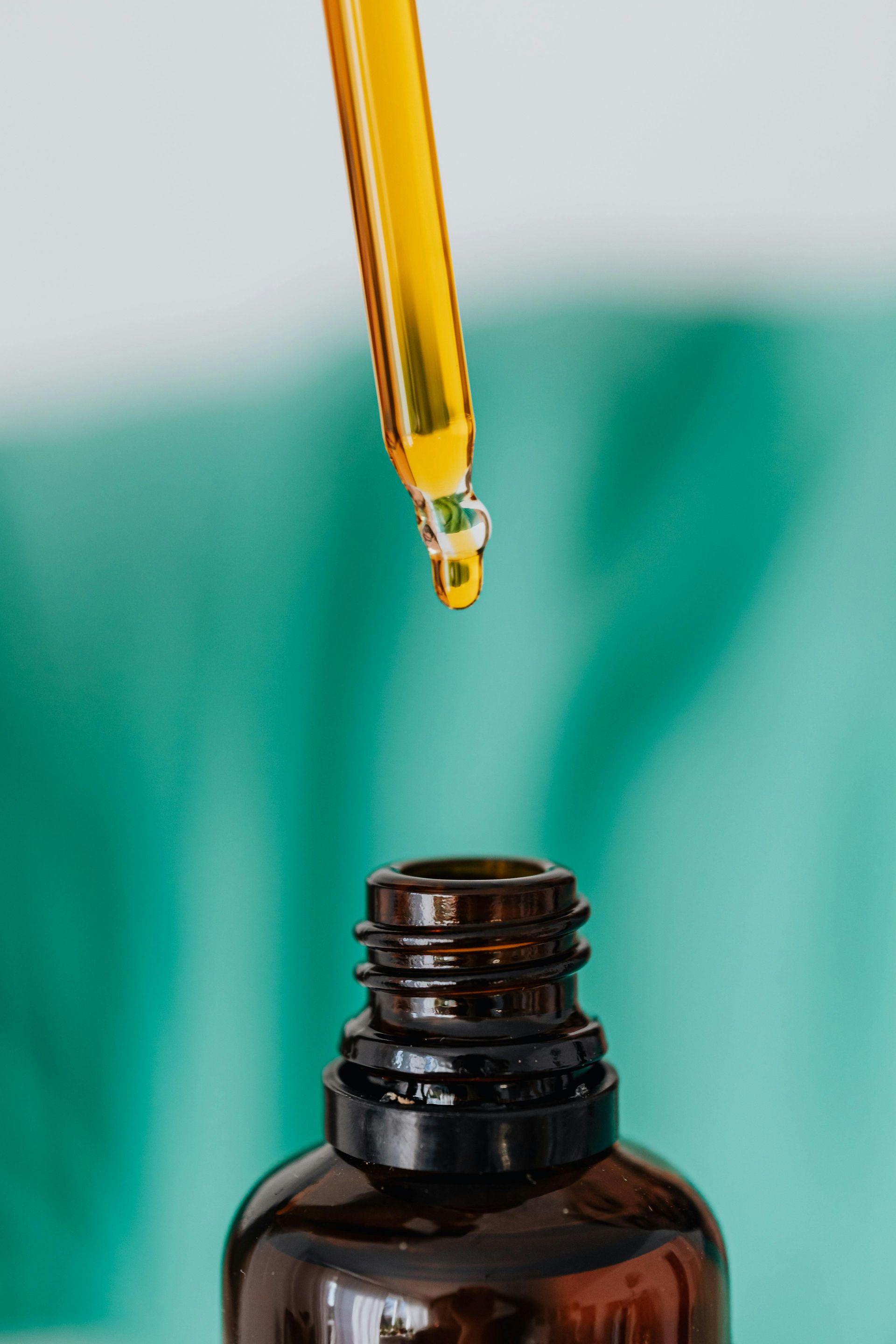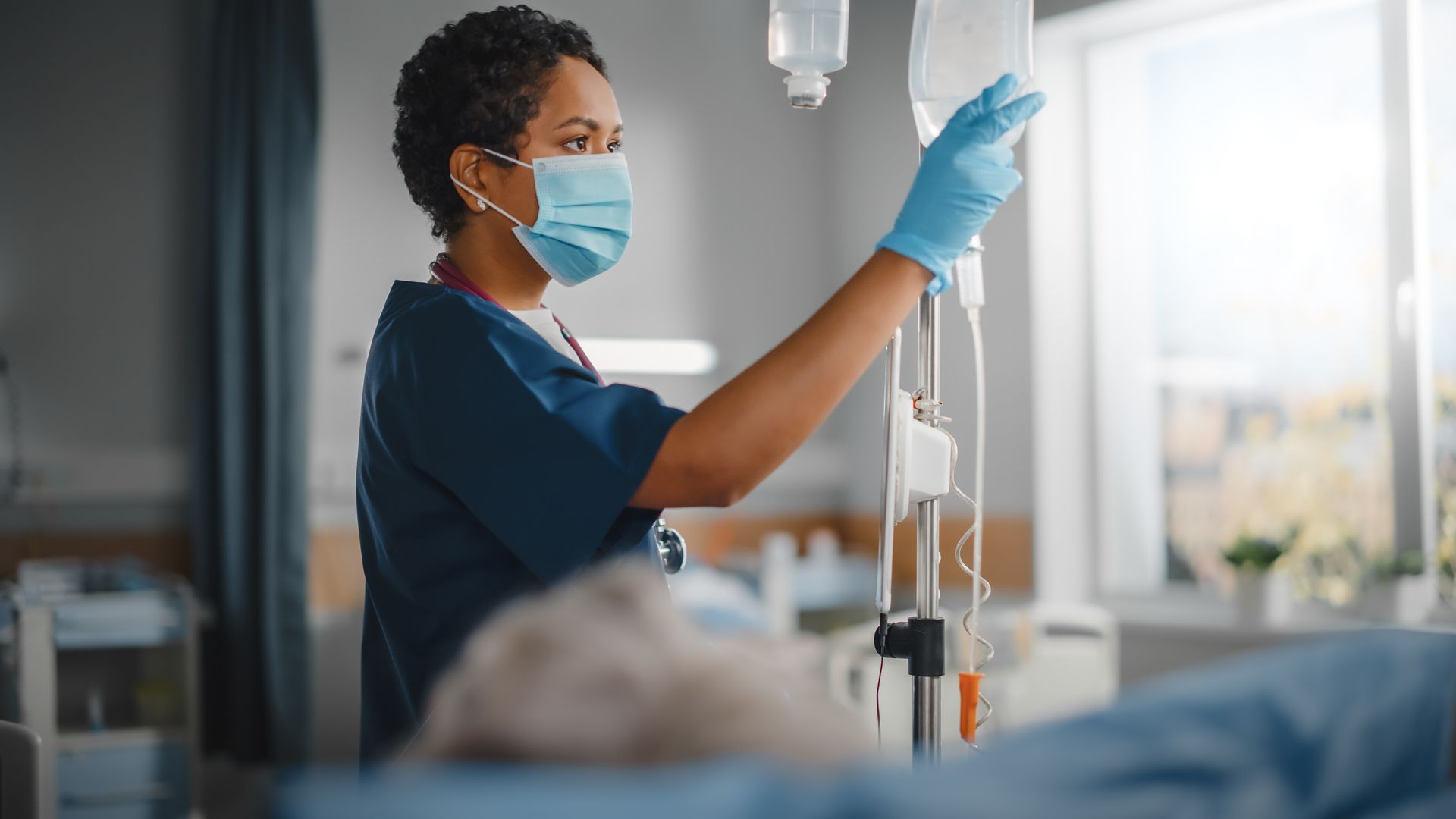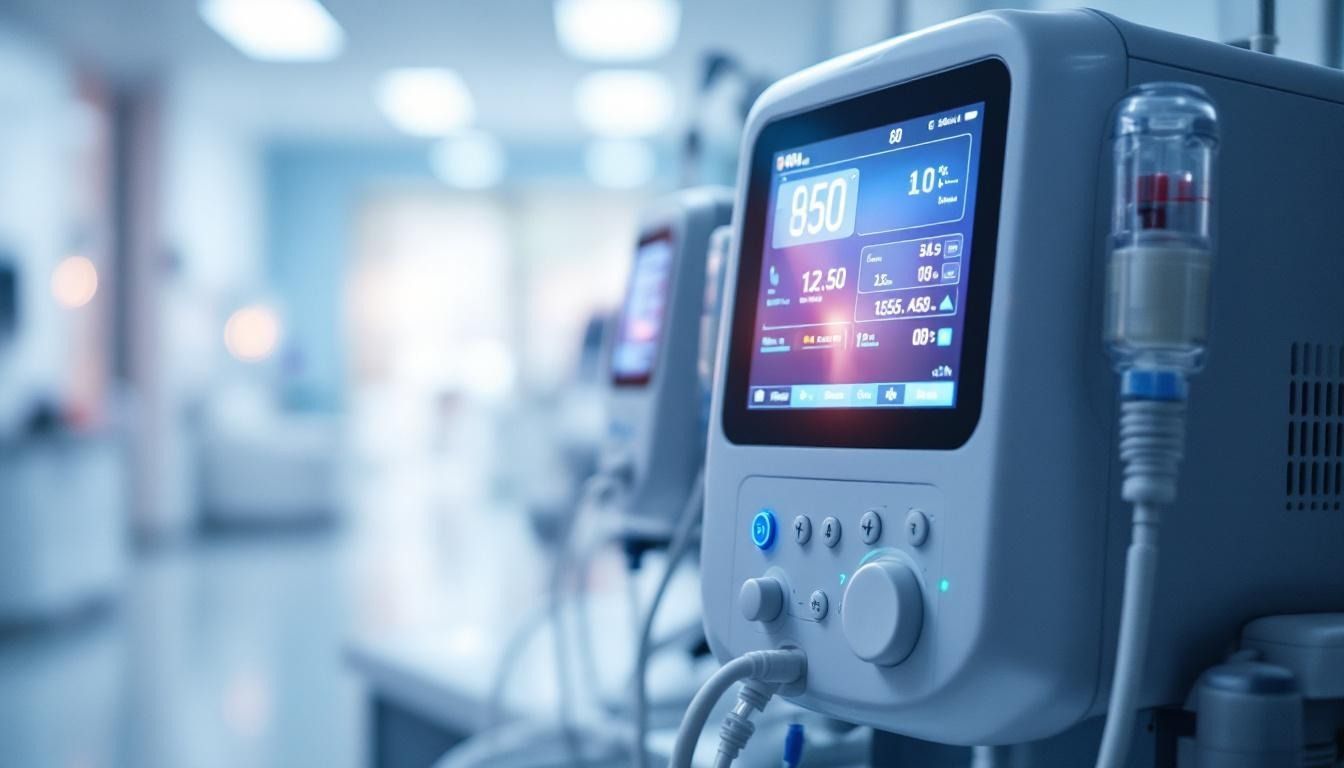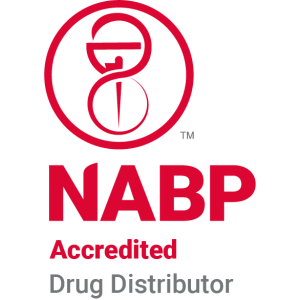What are the benefits of sterile therapy solutions?
Introduction to Sterile Therapy Solutions
Sterile therapy solutions represent a cornerstone of modern healthcare, offering a range of benefits that span from ensuring safe medication administration to enhancing overall treatment efficacy. As the complexities of patient care increase, the demand for precision and safety in therapeutic interventions underscores the importance of employing sterile practices. This article delves into the various facets of sterile therapy solutions, exploring their impact across multiple clinical scenarios, including their crucial role in patient safety, infection control, and respiratory therapy.
Understanding Sterile Technique in Medical Procedures
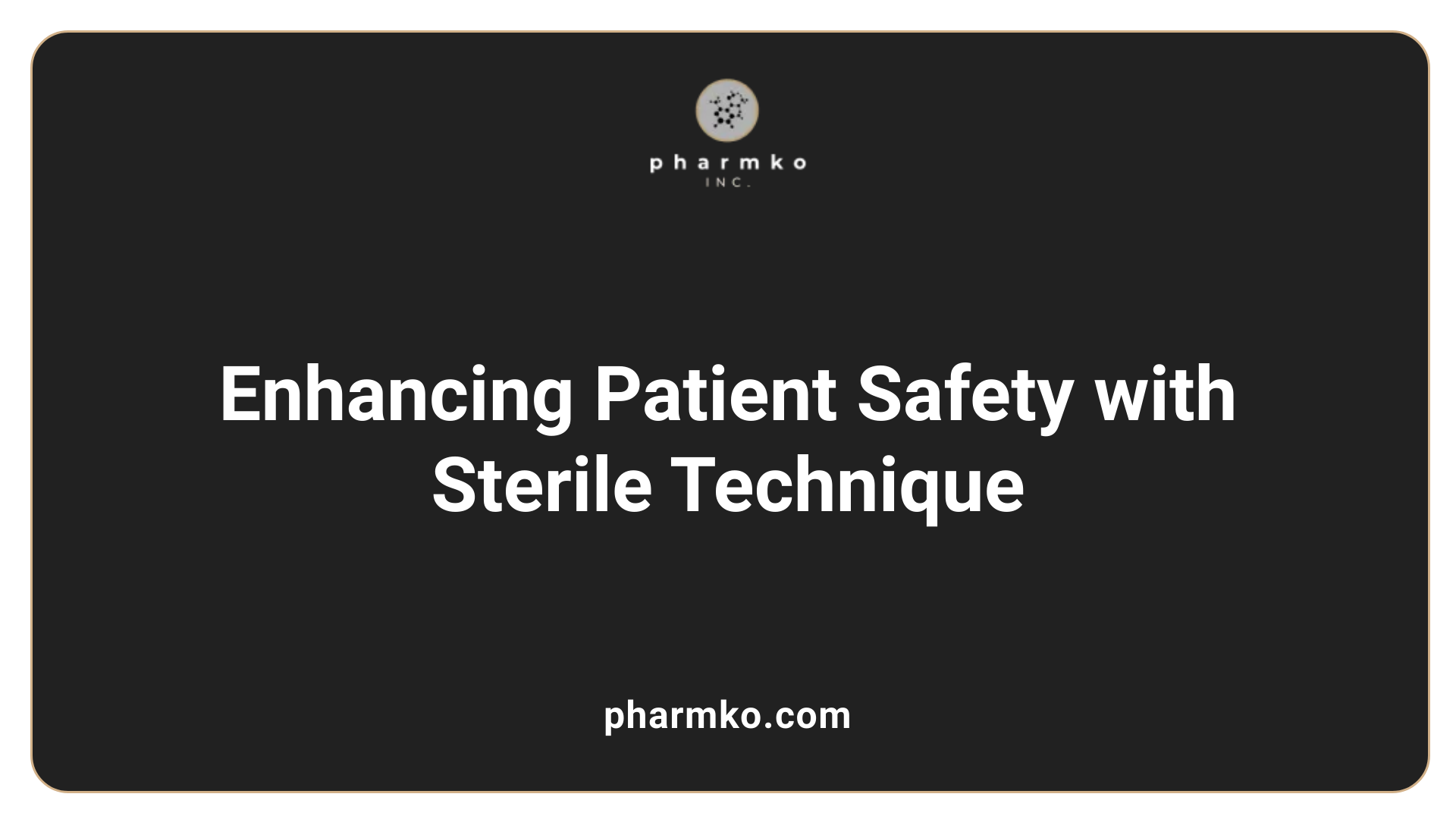
What are the benefits of sterile technique?
Sterile technique is a vital principle in enhancing patient safety, particularly during surgical procedures. By minimizing the risk of microbial transmission, it helps create a controlled environment that prevents contamination. This significant reduction in surgical site infections improves overall patient outcomes.
The establishment of sterile fields and the use of aseptic techniques are essential skills for healthcare professionals. These practices emphasize the collective responsibility of the surgical team in ensuring a safe environment. Key benefits include:
- Reduction in Infections: Minimizes the likelihood of healthcare-associated infections (HAIs).
- Improved Recovery: Contributes to faster healing times and fewer complications during recovery.
- Enhanced Safety: Provides reassurance to patients regarding the precautions taken during their treatment.
Adhering to sterile technique is crucial not only in operating rooms but across various medical settings. Every healthcare professional, regardless of their role, should have a solid understanding of these principles. This foundational knowledge is necessary for anyone involved in surgical procedures, as it directly influences patient safety.
Minimizing infection risks
The application of sterile techniques goes beyond just surgery. It is paramount in many medical situations, reducing the risk of contamination during procedures involving open wounds or intravenous drug administration. Techniques such as using sterile gloves, maintaining environmental controls, and ensuring proper equipment sterilization are practical approaches to safeguarding against infections.
Importance in surgical procedures
During surgeries, specialists must master aseptic techniques to maintain sterility. This ensures that patients undergo procedures with minimized risks. From pre-operative preparations to post-operative care, the implementation of sterile protocols enhances the efficacy of medical interventions and is essential for optimal surgical outcomes.
Enhancing Patient Care through Sterile Therapy Solutions
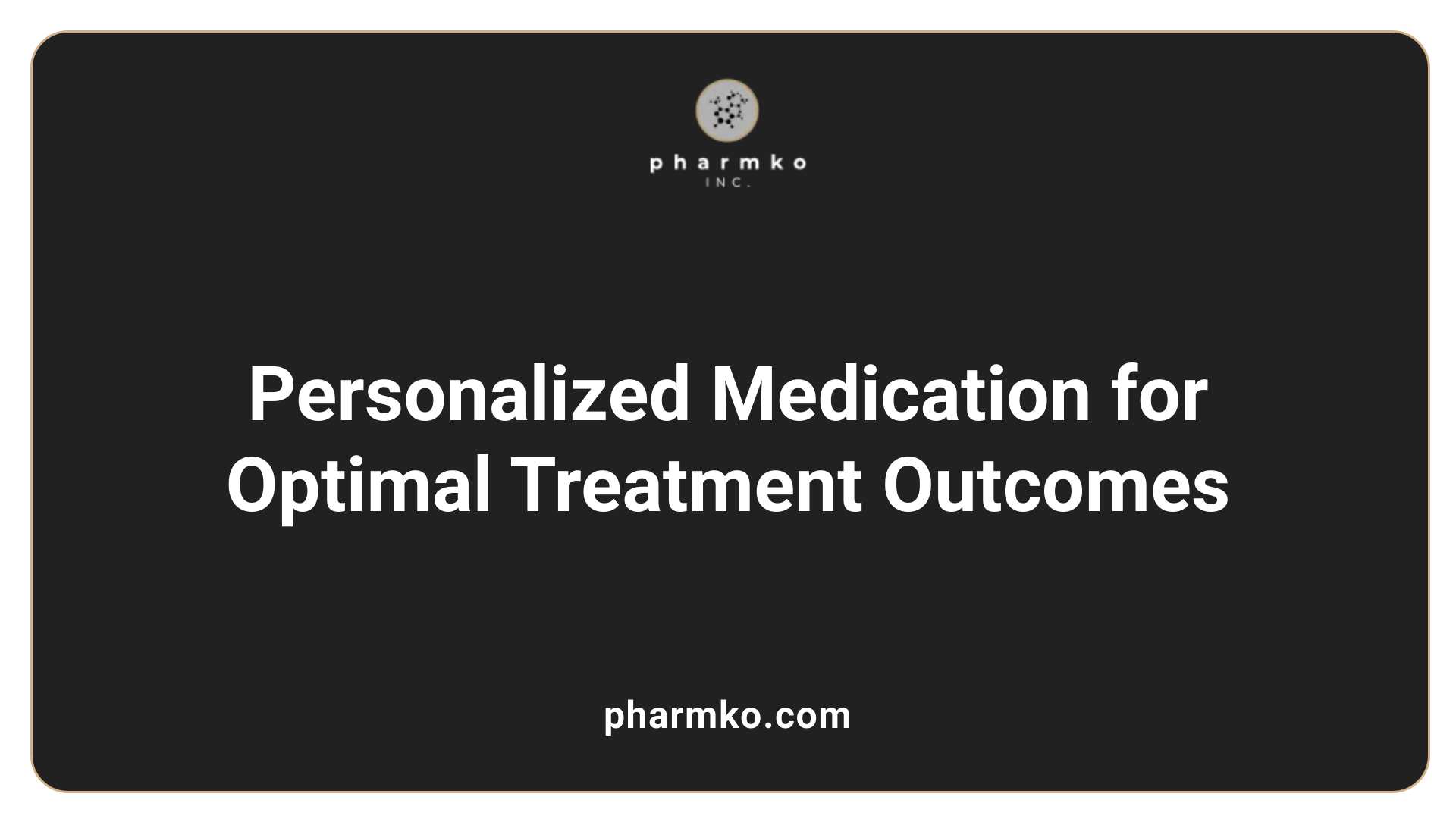
How do sterile therapy solutions improve patient care and treatment efficacy?
Sterile therapy solutions significantly enhance patient care and treatment efficacy by ensuring the safe administration of medications while minimizing the risk of contamination and infections. This is particularly critical with injectable and infusible medications, where sterility is non-negotiable to protect patient health.
Through the process of sterile compounding, healthcare professionals can customize medications tailored to meet the unique needs of individual patients. This is particularly beneficial for sensitive populations, such as pediatric and geriatric patients, who may require specific dosages or formulations. For instance, a child with allergies might need a medication without certain preservatives commonly found in standard formulations.
This personalized approach not only improves medication adherence by consolidating multiple prescriptions into a single, manageable formulation but also enhances therapeutic outcomes. Compliance is crucial, especially for vulnerable patient groups who may find it challenging to manage complex medication regimens.
Furthermore, adherence to strict safety protocols, like those established in USP <797>, ensures the integrity of Compounded Sterile Preparations (CSPs). This level of oversight minimizes potential risks and maximizes the effectiveness of treatment.
Finally, sterile compounding allows healthcare providers to create essential medications that may be in short supply, assuring that patients can maintain continuity in their treatment regimes. This seamless accessibility contributes significantly to optimizing the overall healthcare experience for patients, enabling better recovery outcomes.
The Role of Sterile Solutions in Infection Prevention
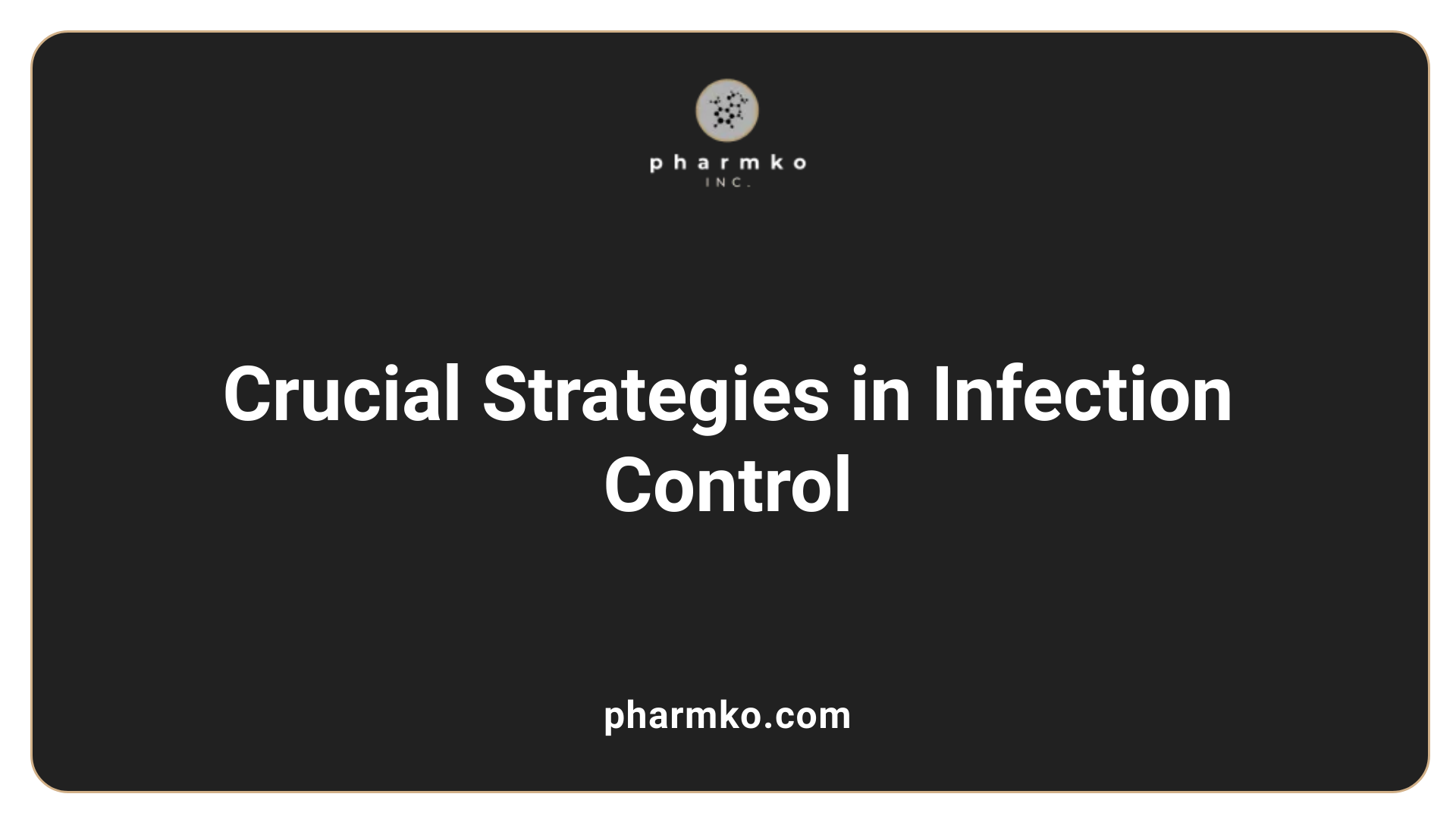
What role do sterile solutions play in preventing infections during medical procedures?
Sterile solutions are essential in preventing infections during medical procedures, ensuring that any fluids or materials introduced into the body are free from harmful microorganisms. This is vital for maintaining patient safety, especially for those with compromised immune systems.
The use of these solutions is part of a comprehensive infection control strategy that includes strict aseptic and sterile techniques. These protocols help eliminate pathogens effectively, which is crucial in reducing the risk of healthcare-associated infections (HAIs). Every year, millions of patients are affected by HAIs, making stringent sterile practices imperative.
Importance of Aseptic Techniques
Aseptic techniques encompass various practices designed to prevent contamination during medical procedures. These include:
- Use of Sterile Barriers: Healthcare professionals utilize sterile gloves, gowns, and face masks to provide a physical barrier against microorganisms.
- Environmental Controls: Maintaining a controlled environment, such as sterile compounding areas or operating rooms, is essential to prevent contamination.
- Proper Patient Equipment Preparation: Instruments and devices must be cleaned and sterilized before use to limit microbial exposure.
By adhering to these methods, healthcare providers significantly minimize the risk of infection during treatments.
Preventing Healthcare-Associated Infections
Sterile solutions not only help keep instruments and materials free of pathogens, but also promote faster healing and recovery. In surgical scenarios, they aid in flushing out debris and contaminants, reducing inflammation and infection risk.
Overall, maintaining adherence to sterile protocols is critical for ensuring successful medical outcomes and enhancing patient safety. As healthcare evolves, the integration of advanced sterile solutions and techniques will continue to be a cornerstone in infection prevention.
Sterile Compounding: A Safety Net in Medication Preparation
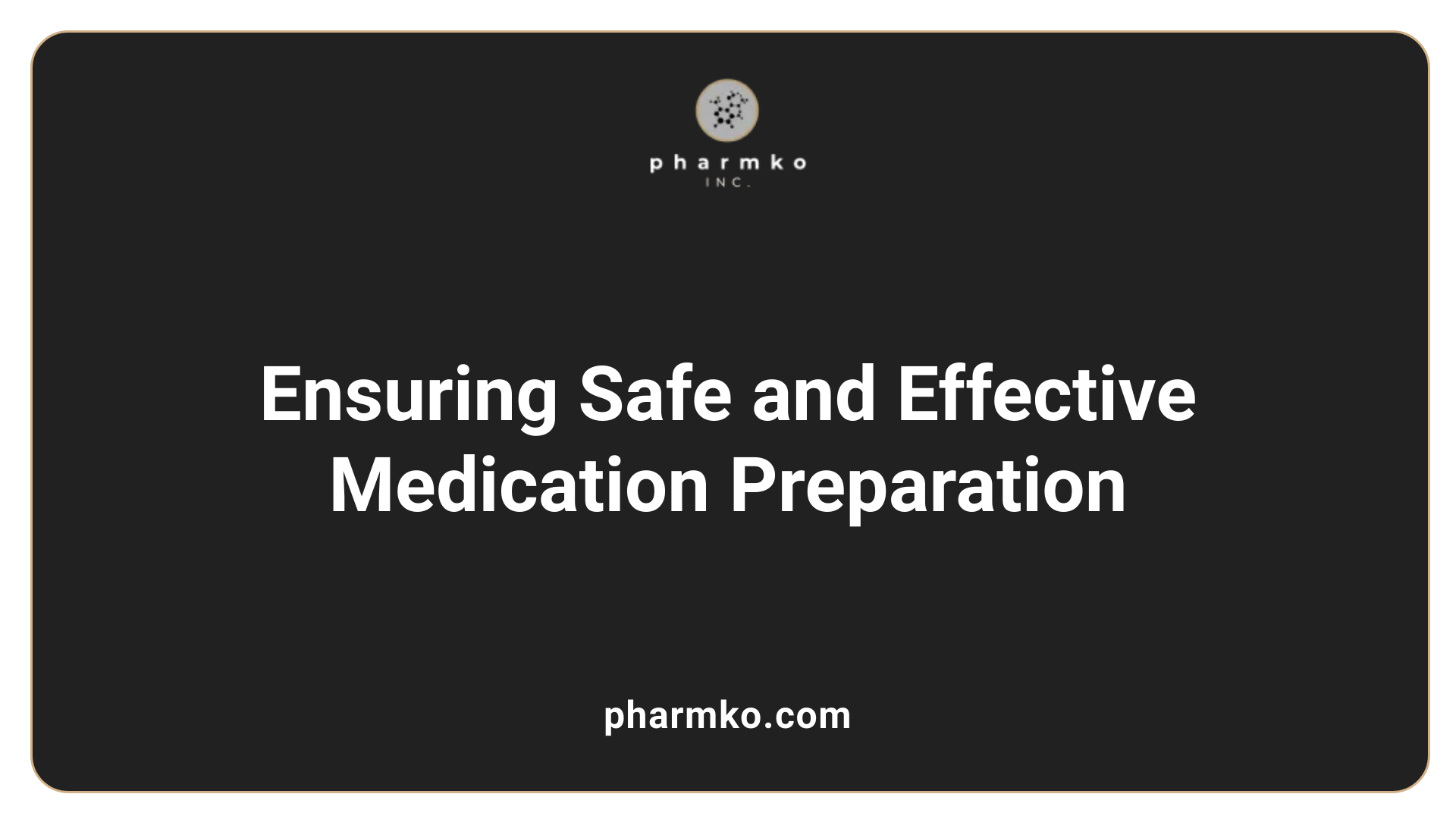
Importance of sterile compounding
Sterile compounding is essential for preparing injectable and infusible medications, ensuring that these preparations are free from contamination and safe for patient use. In a controlled environment, pharmacy professionals use meticulous techniques to maintain sterility during the compounding process. This practice is particularly critical for patients requiring specific formulations that are not available in standard dosages, such as those with allergies or unique medical conditions.
Regulatory standards
Regulatory measures, such as the United States Pharmacopeia (USP) Chapter <797>, govern sterile compounding to uphold safety and efficacy in compounded sterile preparations (CSPs). These guidelines ensure strict adherence to aseptic techniques and environmental controls, significantly minimizing contamination risks. By following these regulations, healthcare providers can deliver medications that meet rigorous safety standards and are free from harmful microorganisms, thereby protecting patients from potential infections and medication errors.
Customized medication solutions
One of the notable advantages of sterile compounding is the ability to create customized medication solutions. This process allows for adjustable dosages tailored to individual patient needs, which is particularly beneficial for vulnerable populations such as children or the elderly. Tailored medications optimize therapeutic outcomes and reduce waste by eliminating the need for excess unused medication. Ultimately, this practice enhances patient safety and improves overall treatment effectiveness.
| Topic | Details |
|---|---|
| Importance of Sterility | Prevents contamination and safeguards patient safety |
| Regulatory Standards | USP Chapter <797> ensures compliance with safe practices |
| Benefits of Customization | Tailors therapies to individual needs, optimizing results |
Importance of Sterile Therapy Solutions in Healthcare Settings

Why are sterile therapy solutions important in healthcare settings?
Sterile therapy solutions are vital in healthcare settings as they significantly reduce the risk of contamination and healthcare-associated infections (HAIs). Effective sterilization practices are essential, especially for injectable medications and IV therapies, ensuring that patients receive treatments that are not only effective but also safe.
The implementation of strict protocols, such as those outlined in USP Chapter <797>, is critical in maintaining sterility. These guidelines help protect patients from harmful microorganisms that could lead to severe health complications. Without such measures, even minor errors in compounding sterile preparations (CSPs) can result in contamination, impacting overall patient well-being.
Maintaining a sterile environment is especially pertinent in surgical and medication administration settings. When healthcare professionals adhere to aseptic techniques, they can create safe treatment processes, effectively minimizing risks associated with surgical procedures and IV drug administration. This diligence plays a crucial role in preserving patient health and promoting faster healing.
Moreover, sterile processing departments are essential in ensuring that all surgical instruments are properly sterilized, thereby reducing surgical delays. The efficiency brought by rigorous adherence to sterilization protocols not only enhances the quality of care but also improves patient outcomes significantly.
Sterile Water: A Key Component in Respiratory Therapy
What are the applications of sterile water in respiratory therapy?
Sterile water plays a crucial role in respiratory therapy, especially in the operation of inhalation devices. It ensures safe and effective treatment by serving multiple purposes:
- Humidification : Sterile water is used in humidifier reservoirs for low-flow oxygen therapy. This is particularly important to prevent the onset of nosocomial pneumonia, as suggested by CDC guidelines.
- Medication Solvent : It acts as a solvent for various medications in nebulization treatments. Patients suffering from respiratory conditions like pneumonia and respiratory syncytial virus (RSV) pneumonia benefit significantly from this application.
- Cleaning : Regular rinsing and cleaning of aerosol delivery devices with sterile water are imperative for reducing contamination risks and preventing infection during respiratory procedures.
Infection prevention
Adhering to infection prevention protocols is essential in healthcare settings. Using sterile water minimizes the chances of microbial contamination, which is critical for patients receiving respiratory treatments. When used in cleaning devices, sterile water helps ensure that these tools remain free from harmful pathogens, significantly lowering the risk of respiratory infections associated with aerosol therapies.
Benefits in inhalation treatments
The benefits of using sterile water in inhalation treatments extend beyond infection control:
- Patient Safety : Utilizing sterile water enhances patient safety by reducing the risk of introducing pathogens into the respiratory system.
- Effective Treatment Delivery : It ensures that medications delivered via nebulization are adequately prepared and absorbed, optimizing therapeutic outcomes.
- Comfort : Humidification through sterile water can also improve patient comfort, making the inhalation process more pleasant and effective.
In summary, sterile water is indispensable in respiratory therapy, enhancing treatment efficacy, preventing infections, and ensuring the safety and comfort of patients.
Applications of Saline Solutions in Medical Emergencies
Use in Eye Care and Wound Cleaning
Sterile saline solutions play a critical role in both eye care and wound cleaning during emergency medical situations. In ocular emergencies, they provide a safe means of rinsing out foreign bodies and chemicals while maintaining the integrity of the eye tissue. This isotonic fluid is gentle and does not exacerbate irritation, making it ideal for cleansing delicate areas.
For wounds, sterile saline is equally essential. It effectively removes debris and contaminants immediately after an injury occurs, significantly reducing the risk of infection and assisting in the healing process.
Efficiency in Emergency Responses
The utilization of sterile saline solutions significantly enhances response efficacy in emergencies. Healthcare professionals often rely on saline for rapid cleansing, which helps to stabilize the patient's condition. This efficiency is crucial in maintaining a sterile environment and reducing complications during initial treatment, ultimately leading to better patient outcomes.
Healing Properties
Sterile saline solutions are not just useful for their cleansing capabilities; they also support healing processes. By reducing inflammation and encouraging regeneration, saline solutions foster a conducive environment for tissue repair. They help in quicker recovery times, facilitating the natural healing response necessary for optimal patient recovery.
Why are sterile saline solutions vital in emergency situations?
Sterile saline solutions are indispensable in emergency situations due to their ability to efficiently cleanse and protect tissues. In ophthalmic emergencies, they effectively remove debris while preserving eye tissue integrity, minimizing the risk of infections. Their isotonic nature allows gentle irrigation without causing harm or irritation, promoting quicker tissue healing by reducing inflammation and facilitating natural regeneration. Sterile saline is also routinely used in wound cleansing, providing immediate removal of debris and potential contaminants from injuries to prevent infection and promote safe healing.
Role of Platelet-Rich Plasma (PRP) in Sterile Treatments
How does PRP treatment utilize sterile techniques to support recovery?
Platelet-Rich Plasma (PRP) treatments are firmly grounded in the use of sterile techniques, ensuring that the entire procedure is safe and effective. The PRP is sourced from the patient's own blood, which drastically minimizes the chances of allergic reactions or contamination that may arise with blood-derived treatments from donors. This autologous nature of PRP not only leverages the body's intrinsic healing mechanisms but also establishes a solid foundation for its application in various medical settings.
PRP in wound healing
PRP has shown significant promise in wound healing, particularly in trauma cases and after surgical interventions. By concentrating the natural growth factors found in the patient’s blood, PRP promotes efficient tissue regeneration, reduces inflammation, and accelerates recovery times. This is particularly beneficial in environments where infection control is crucial, as the sterile handling of blood components is paramount in preventing complications.
Safety and efficacy
The rigorous sterile techniques employed in PRP treatments further elevate its safety profile. Not only does the reduction of contamination risks enhance patient safety, but the outcomes from PRP injections are also encouraging, with many patients experiencing pain relief and improved functionality. Healthcare professionals must adhere to strict protocols when preparing and administering PRP, which includes maintaining cleanliness and using sterile equipment.
Long-term treatment benefits
While the effects of PRP are often not permanent and require periodic treatments to maintain benefits, its capability to minimize risks associated with non-autologous strategies marks it as a leading choice in sterile therapies. Utilizing adroit preparation and administration methods, PRP stands as an innovative solution in the realm of personalized medicine, illustrating the successful marriage of sterile technique and therapeutic efficacy.
Home Infusion Therapy: Delivering Care Beyond the Clinic
Advantages of Home Infusion Therapy
Home infusion therapy offers numerous benefits, including the convenience of receiving treatment in a familiar environment. Patients with acute or chronic conditions can administer medications intravenously or subcutaneously using durable medical equipment (DME) pumps, which allows for greater independence and flexibility in managing their health.
Additionally, this therapy reduces the frequency of hospital visits, helping to minimize the risk of healthcare-associated infections (HAIs). It creates a tailored care environment, as infusion regimens are individually prescribed and managed by healthcare professionals.
Role of Sterile Solutions
Sterile solutions play an essential role in home infusion therapy. They ensure that medications are delivered in a safe manner, free from contaminants that could lead to infections or complications. This is especially critical for patients with specific needs, such as those with allergies requiring customized dosages.
Furthermore, the strict adherence to regulations like USP Chapter <797> ensures that all compounded sterile preparations (CSPs) maintain high standards for safety and efficacy during the entire infusion process.
Patient-Centric Care Models
Patient-centric care models are at the heart of home infusion therapy. By developing structured plans of care with physicians, this approach addresses individual patient needs effectively. Patients receive training and support to manage their therapy, promoting autonomy while ensuring professional oversight.
This comprehensive framework not only enhances patient outcomes but also improves overall quality of life, reflecting a shift in healthcare towards more personalized and accessible treatment options.
| Aspect | Detail |
|---|---|
| Therapy Convenience | Treatments are administered in the comfort of the patient's home. |
| Infection Control | Use of sterile solutions minimizes the risk of infections. |
| Customized Dosing | Patients receive medications tailored to their specific health needs. |
| Patient Empowerment | Education and training foster independence in managing their own health. |
Technological Advances in Sterile Compounding
How has technology improved sterile compounding practices?
Technological advancements in sterile compounding have markedly enhanced the safety, accuracy, and efficiency of pharmaceutical preparation. These innovations include automated compounding devices that reduce the risk of human error in measuring and preparing medications.
Impact of Technology on Compounding Safety
Robotics and computerized systems ensure precise formulation and adherence to prescription guidelines. Such systems are vital for maintaining compliance with strict regulations, such as those laid out in USP <797> and <800>, which govern the preparation of compounded sterile preparations (CSPs).
Reducing Human Error
By automating labor-intensive tasks, technology minimizes variability in compounding practices. For example, automated devices can accurately dispense required dosages, eliminating common human errors associated with manual measurement. This reliability is crucial in settings where precision is paramount—for instance, in preparations for patients with unique medication needs.
Enhancing Accuracy and Efficiency
Moreover, these technologies streamline compounding processes within pharmacy settings. They optimize therapy volumes and reduce waste, which is critical for managing resources effectively while ensuring patients receive exactly what they require. The integration of such advanced mechanisms ultimately contributes to safer and more reliable patient outcomes, enhancing overall healthcare quality.
| Technology | Benefit | Application |
|---|---|---|
| Automated Compounding Devices | Reduces human error | Accurate medication preparation |
| Robotics | Ensures precise formulation | Adherence to prescription guidelines |
| Computerized Systems | Streamlines processes | Enhances efficiency and safety |
Conclusion: The Vital Role of Sterile Therapy Solutions in Modern Medicine
In conclusion, sterile therapy solutions play an indispensable role across the healthcare spectrum, enhancing patient care, reducing infection risks, and optimizing medical treatments. From compounding practices that tailor medications to patient needs to respiratory therapies that utilize sterile systems to maintain optimal respiratory function, these methods underscore the importance of sterility in ensuring safety and efficacy. As technology continues to evolve, the integration of advanced tools and systems promises to further bolster the benefits of sterile therapy solutions, ultimately contributing to improved outcomes and a higher standard of care within the industry.
References
- Importance of sterile compounds in infusion - Pharmko
- How is therapy volume reduced through sterile compounding?
- The Importance of using sterile saline solutions in emergency eye ...
- Aseptic Technique: Uses, Benefits, and Complications - Healthline
- Saline Solution: What It Is, Types & Uses
- [PDF] Pub 100-02 Medicare Benefit Policy - CMS Manual System
- Platelet-Rich Plasma (PRP) Injections - Johns Hopkins Medicine



